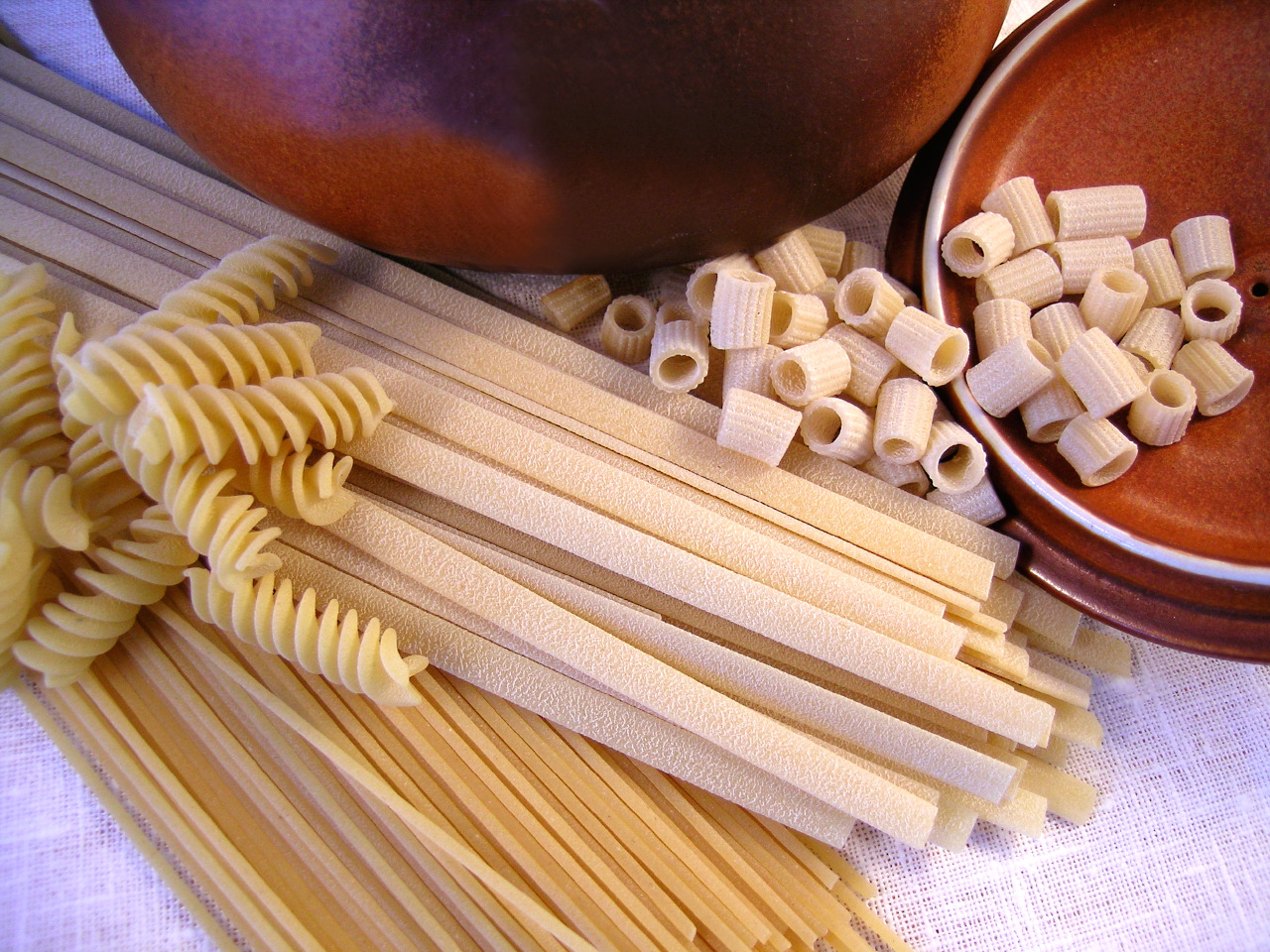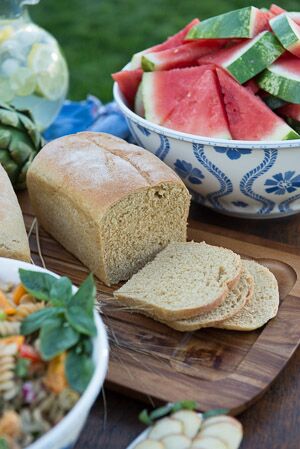Health Studies: KAMUT® Wheat vs. Modern Wheat [1]
Is ancient wheat healthier than modern wheat? In some respects, it may be, according to three recent Italian studies that looked at inflammation, cardiovascular disease, and type 2 diabetes.
In 2013 [2], scientists at Careggi University Hospital in Florence decided to see if health markers changed when people switched between eating modern wheat and KAMUT® brand khorasan wheat. To do this, they conducted a randomized crossover study including three eight-week periods: one in which subjects with no prior clinical signs of cardiovascular disease ate their normal diet but with all grain products – bread, crackers, pasta and cookies – made with KAMUT® wheat, a washout period of eight weeks, and eight weeks in which all grain products were made with modern durum wheat and soft wheat.
The results? Following the KAMUT® wheat phase of the study, subjects’ total cholesterol decreased on average 4.0%, their LDL (“bad”) cholesterol decreased 7.8%, and certain markers of inflammation dropped 23 to 36%. At the same time, blood levels of potassium and magnesium – two key minerals many of us are lacking – rose 4.6% and 2.3% respectively. Following the modern wheat control phase, total cholesterol dropped 2.1% and LDL dropped 2.8%, while potassium and magnesium actually decreased slightly; the three inflammatory markers were mixed with one almost neutral, another dropping 14% and one increasing 15%.
These compelling results led the same group of researchers to use this study design in subsequent trials. In 2015 [3], they looked at the effects of the same replacement diet on subjects with Acute Coronary Syndrome, a type of cardiovascular disease (CVD). And in 2016 [4], they studied the effect of the replacement diet on the risk profile of subjects with type 2 diabetes.
The KAMUT® wheat phase of the 2015 CVD trial showed similar decreases in total cholesterol (6.8%) and LDL cholesterol (8.1%), and showed blood levels of potassium and magnesium both rising 2.3%. After the modern wheat control phase, the subjects’ total cholesterol and LDL cholesterol actually rose 3.0% and 1.7% respectively, and both potassium and magnesium levels fell slightly.
Similarly, the 2016 study with type 2 diabetes patients, showed reductions in total cholesterol and LDL cholesterol following the KAMUT® wheat phase. Additionally, the subjects’ blood insulin levels fell 16.3%, their glucose levels decreased 9.1%. The researchers reported that, “No significant effect was noted after the consumption of the control diet.”
Lab analysis of the KAMUT® wheat and control wheat showed that the two products looked fairly similar on paper with similar fiber levels and similar resistant starch levels (though with more potassium and magnesium in the KAMUT® wheat). And yet the health impacts were different, leading the researchers to conclude that, “Dietary fibre and resistant starch alone were clearly not instrumental in improving these metabolic parameters.” It’s what we’ve been saying all along here at the WGC: fiber and resistant starch are both great, but whole grain’s health benefits derive from a lot more than simply fiber.
Before we go any further, we should mention some of the limitations of these interesting studies. First of all, they were all very small studies – just 21 or 22 subjects each. Second of all, both the KAMUT® semolina and flour, and the control semolina and flour were semi-whole, not 100% whole. (Italians are new to the whole grain world; though KAMUT® wheat is very popular in Italy, researchers thought compliance would be better with foods more like everyday fare.)
It’s also very important to note that wheat — like all grains and in fact all whole foods — is a growing, living thing. The same variety of wheat grown in two different locations, or in two different years, may have different levels of nutrients and different impacts on health — before we even begin comparing varieties. Think about it: although you can look up “apple” in a nutrient database and learn how much vitamin C or fiber is in “an apple” the values listed will not be the same for all varieties of apples, grown in all weather conditions, in all years. This is one factor that makes nutrition research so challenging.
Beyond these caveats, however, the studies were carefully designed. Both the KAMUT® wheat and the control wheat were ground at the same mill, and all grain products for the study were produced by the same artisan bakery and pasta maker. Subjects were given identical, controlled amounts of all grain products and instructed to eat no other grain products during the intervention and control periods; they did not know which grain they were consuming at any time.
We often see wild, unsubstantiated claims about the pros and cons of modern wheat vs. ancient varieties, but these are some of the first human clinical trials we’re aware of to explore this issue in a scientifically valid way. We hope to see even more, larger studies like this in the future.
Hats off to Kamut Enterprise of Europe, whose grants helped fund the independent research behind all three of these studies, and to WGC Member Kamut International [5], who provided us the journal articles to review. For more information about the story behind KAMUT® brand khorasan wheat, check out our blog post [6] about the revival and growing popularity of this ancient grain. (Original blog post by Cynthia, updates by Caroline)


